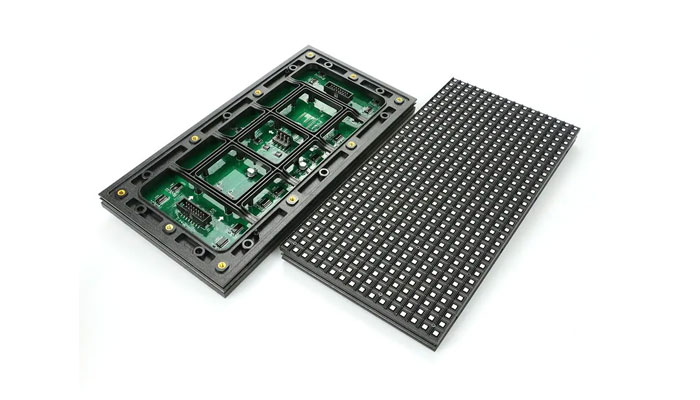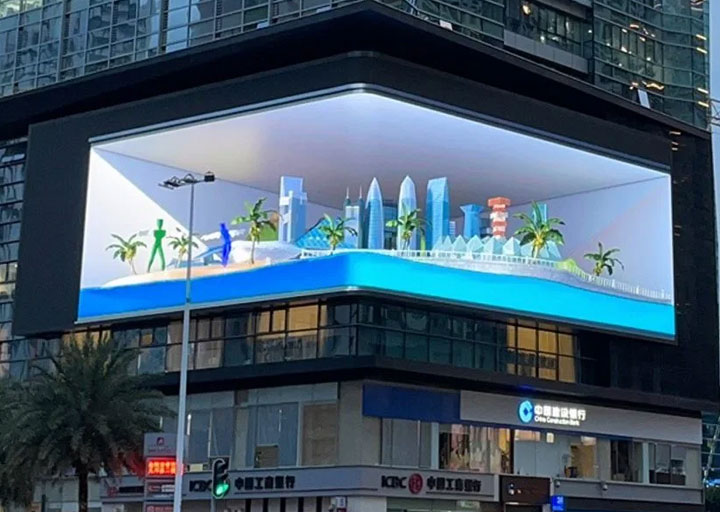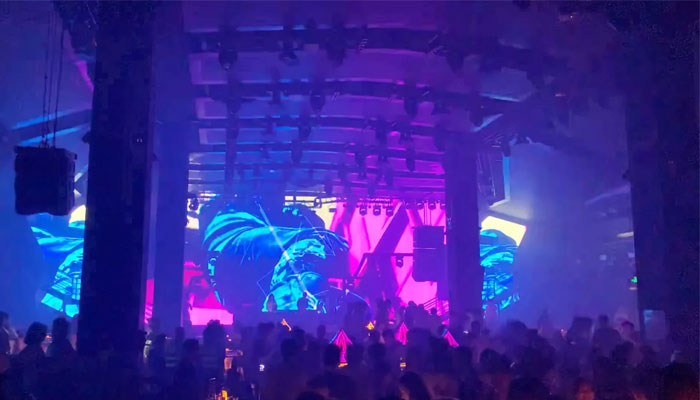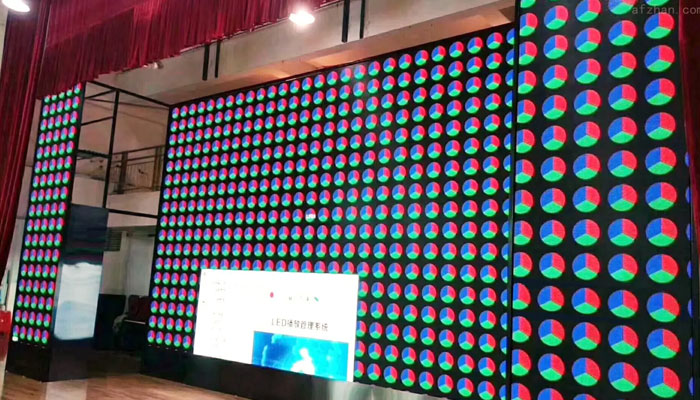In the last issue, we focused on:
Calculation method of simple box size and size of outdoor P8 LED full-color display
In this issue, we will focus on:
P8 outdoor full-color LED display pixel points, what is the dot pitch density
The P8 outdoor LED display adopts a three-in-one package of SMD surface mount 3535 lamp beads. Because it is mainly composed of three colors of red, green, and blue, it is also called P8 outdoor full-color LED display;

There are 15625 pixels on one square meter, and the distance between each pixel is 8mm; the scanning method is 4 scans, and the power consumption of one square meter is about 450 watts per square meter. The new mask setting makes the color mixing more uniform. , High-density pixels make the picture quality clearer and the viewing angle is wider;
The pixel density of the P8 LED display is the number of pixels per unit area (usually 1 square meter), such as the common 10,000 dots/square meter, 40,000 dots/square meter, etc. The higher the density, the more LED lights are needed per unit area, the higher the price, and of course the higher the definition.

So, for example, how are 10,000 points per square meter arranged? Conventional full-color electronic screens use an even distribution method, that is, horizontally and vertically, with a set of LED lights (one pixel) distributed every 10mm.
For 40,000 dots/square meter, there is a group of LED lights every 5mm in the horizontal and vertical directions, and this distance is the center distance between the two groups of lights (pixels). We usually call it the dot pitch (the distance between pixels).
Because the full-color LED display shows a variety of colors, it needs to be able to show different colors from black to white. Therefore, a full-color LED display requires three lights of red, green, and blue to form a pixel to show a variety of colors. Full-color LED displays are divided into real pixel displays and virtual pixel displays. Because the two display technologies are different, the way the pixels are formed is also different.
The virtual pixel display uses LED multiplexing virtual pixel technology. The adjacent LED light-emitting tubes can be combined up, down, left, and right 4 times to form a light-emitting tube; the real pixel display uses the normal three primary colors to form a pixel technology. The dots of the virtual pixels are scattered, and the dots of the real pixels are condensed. The luminous points of virtual pixels are between the lamps, and the luminous points of real pixels are on the lamps.
Dynamic pixel technology: Split a pixel into several independent LED units. Each led unit reproduces the corresponding primary color information of several adjacent pixels in a time-division multiplexing manner.
Virtual pixel technology: In the display system, when the displayed information is scrolled in a certain direction in a certain way, using the characteristics of human short-term visual effects, a series of movements will occur between two adjacent pixels, physically There are no virtual pixels, so that each LED single tube can be adjusted to enhance the resolution of the large LED screen to achieve the best image effect. Theoretically, the image resolution can be increased by 4 times.
Pixel-sharing technology: A complete independent pixel of the display terminal is cyclically refreshed by the information of multiple adjacent pixels in the signal source in a time-division multiplexing manner. Understandably, multiple pixels in the signal source share a completely independent pixel of the display terminal in a time-division multiplexed manner.




